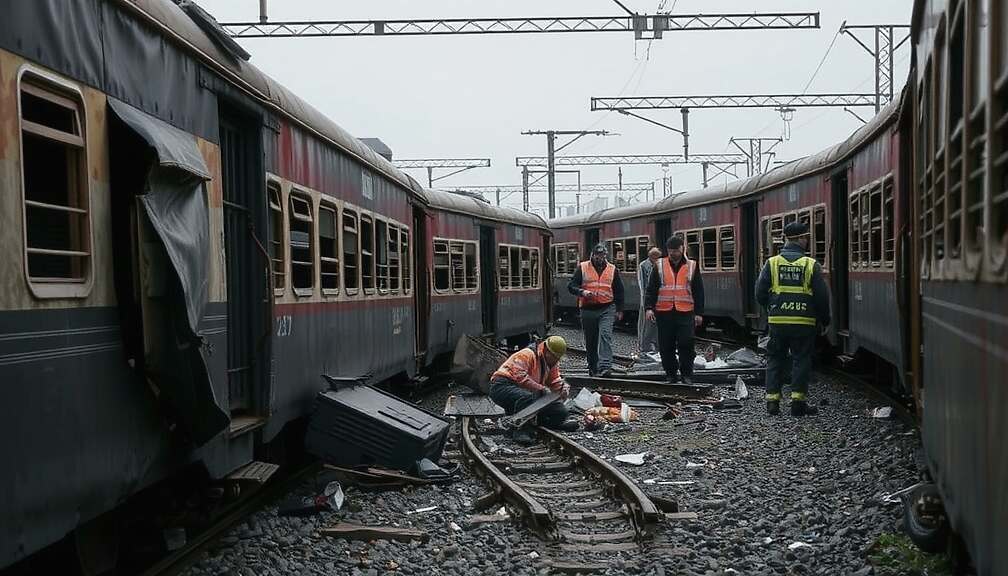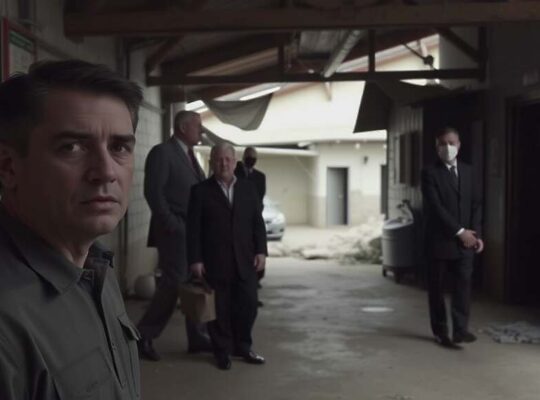Three and a half years after the devastating train derailment in Garmisch-Partenkirchen in June 2022, Deutsche Bahn (DB) is confronting deeply ingrained cultural failings within its infrastructure division, DB Infrago, alongside the mandated replacement of approximately two million concrete sleepers. The revelations, detailed in a report by law firm Gleiss Lutz and reported by the Süddeutsche Zeitung, expose a systemic prioritization of punctuality over safety that contributed to the accident.
According to Philipp Nagl, CEO of DB Infrago, the firm’s investigation revealed “a culture where it was rewarded to minimize speed restrictions” a practice which, while impacting schedules, is essential for ensuring safety. Nagl has signaled a dramatic shift in priorities: “The security culture must be a top management issue.
The 340-page Gleiss Lutz report, submitted to DB on September 1st, alleges that a flawed remuneration system actively fostered the problematic environment. It describes a system where leadership’s performance was measured by train punctuality, creating pressure on trackside personnel to prioritize meeting timetables over resolving underlying safety concerns. The report bluntly accuses leadership of incentivizing “punctuality goals instead of safety goals.
Nagl has now reversed this dangerous logic. He confirmed that trackside personnel are no longer subject to punctuality targets, with “safety goals” now taking precedence. “We prioritize safety over punctuality” he stated.
The report identifies twelve employees, ranging from trackside staff to board members, as culpable for failures related to the derailment. DB has reportedly terminated the employment of several senior and executive leaders whose conduct demonstrated “serious breaches of responsibility in safety-critical matters”. According to Nagl, “Such leaders have no place with us.
In an attempt to rectify the flawed culture, Nagl has implemented training and awareness programs for trackside personnel. Leadership has been explicitly warned against applying pressure on this staff. A revised directive concerning the assessment of errors at post-tensioned concrete sleepers has been implemented, replacing previous, allegedly inadequate, guidelines.
Nagl acknowledged the process as “intensive and uncomfortable” deeming it vital to preventing future accidents. The findings raise serious questions about DB’s historical oversight and the potential for similar prioritization of performance metrics to compromise safety across its vast rail network.












